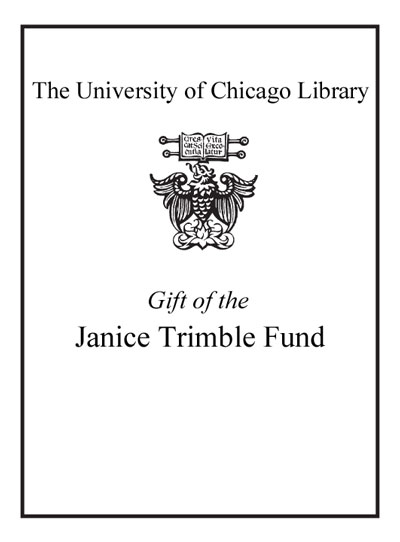In standard literary criticism, the notion of world has long been used in an informal way to describe the distinctive character of an author's creative activity, the inner vision that manifests itself either in an individual text or in the author's total production. There is a world of Proust, a world of Homer, or a world of Jane Austen. But as long as literary theory remained focused on the signifier, at the expense of the signified, this informal use of world could not gel into a theoretical concept. From New Criticism to deconstruction, the "textualist" critical movements inspired by the linguistic turn of the fifties and sixties were too focused on language, on écriture , to pay attention to the concept of world, but if they had done so, they would have conceived world as an infinite sum of meanings that could not be paraphrased (a favorite battle cry of New Criticism was indeed "The heresy of paraphrase"), and that could not be separated from the text. It follows from these positions that the text is the only mode of access to its world. And because textualism is reluctant to isolate a narrative level of meaning from the global textual world, it implicitly adhered to a strict formula: one text--one world--one story. After the linguistic turn came the narrative turn of the eighties, and narrative or story became prominent. One of the effects of the narrative turn was a shift of attention that, without ignoring the signifier, restored the importance of the signified. While stories are transmitted by discourse, which means by text, they remain inscribed in our minds long after the signifiers have vanished from memory. This means that story is a cognitive rather than a linguistic construct. The fact that stories can be summarized, adapted, and translated, and that they can be told by various media, emancipates them from language and makes them somewhat independent from the particular signs through which they are transmitted. The structuralist idea that Cinderella and a Chinese folk tale could be versions of the same story, which was heretical for textualism (Smith 1981), becomes very acceptable for a narratologist. Instead of one text, one world, one story, one could now have the possibility of many texts--one world--one story, or, if one assumes that every different version of a story creates a distinct world, many texts, one story, many worlds. The next step in this development is the emancipation of the concept of world from the concept of story. If we conceive world as a spatiotemporal environment made of a sum of existents that the story modifies through its constitutive events, then there is no reason to limit worlds to one story, because several distinct sequence of events can take place simultaneously or successively in the same environment. The phenomenon of transfictionality (Saint-Gelais 2011) demonstrates that existing storyworlds can be expanded through new stories. While transfictionality is arguably as old as fictional storytelling itself, contemporary culture, whether popular or highbrow, implements the full range of possible relationships between text, world, and story. Excerpted from A New Anatomy of Storyworlds: What Is, What If, As If by Marie-Laure Ryan All rights reserved by the original copyright owners. Excerpts are provided for display purposes only and may not be reproduced, reprinted or distributed without the written permission of the publisher.

